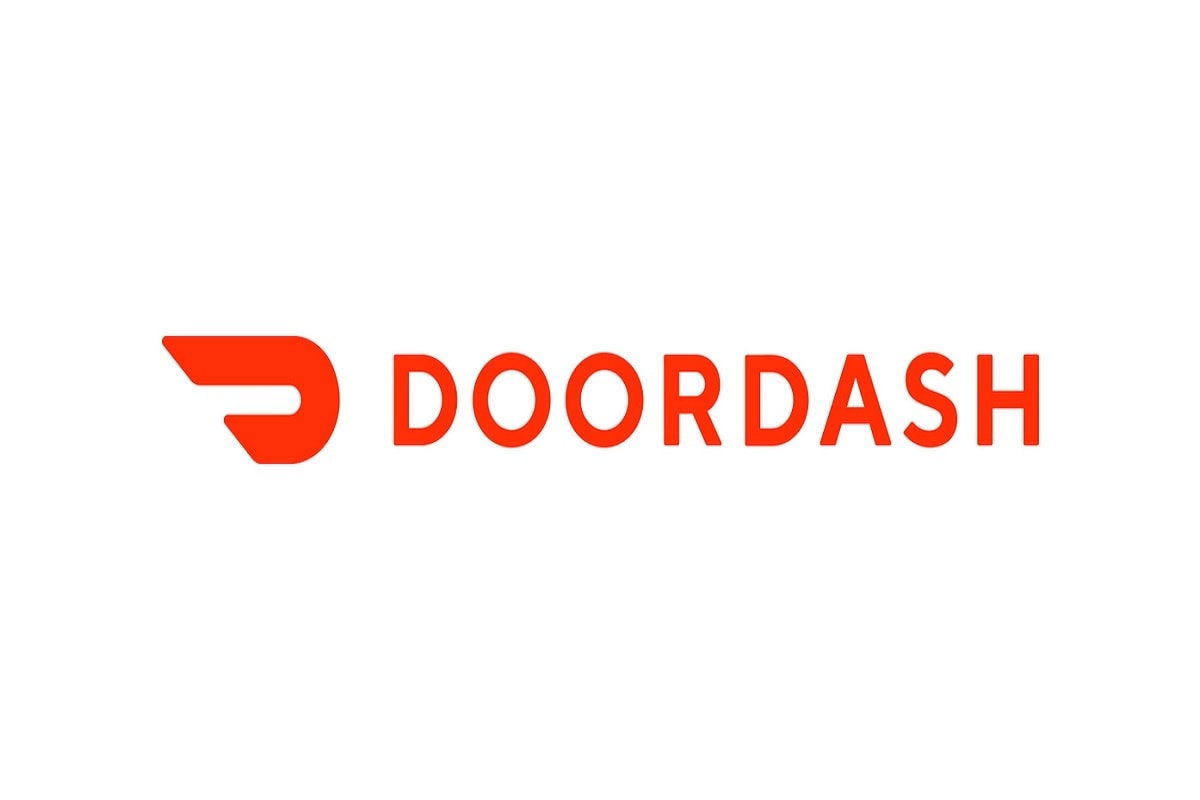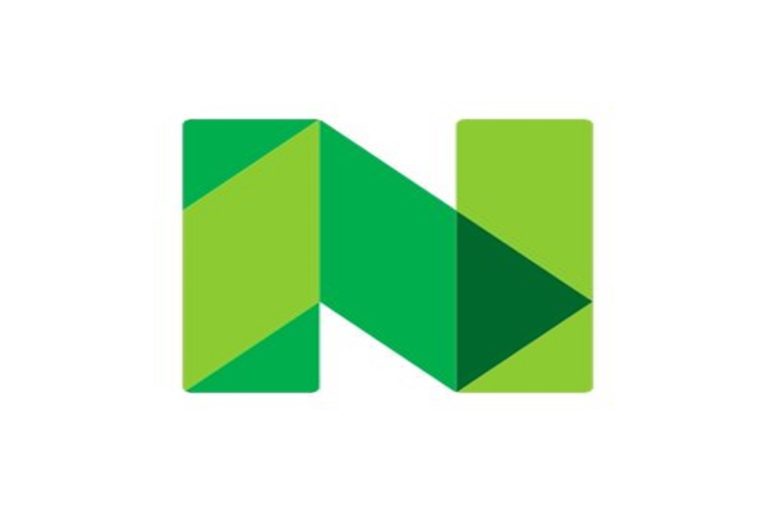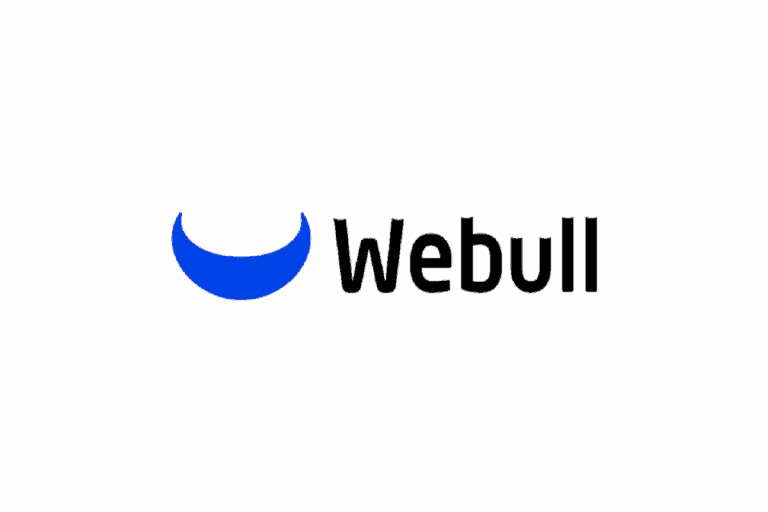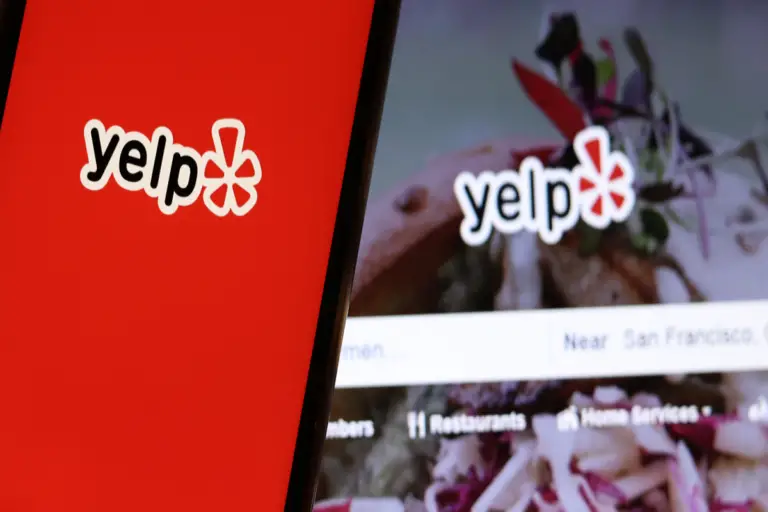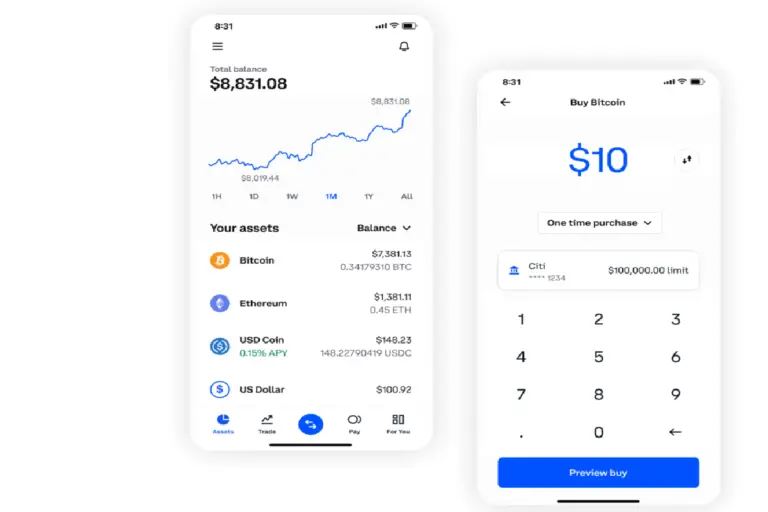The DoorDash Business Model: How does DoorDash make money?
DoorDash is a food delivery service company that provides customers with the fastest and easiest way to get their favorite food delivered. It has now expanded to include other services, such as grocery delivery. The company has been around since 2013 and is backed by some of the best investors in Silicon Valley. The company has grown exponentially and now offers restaurant pickup and delivery services to the entire United States, Canada, and Australia. They are one of the most valuable startups in Silicon Valley.
DoorDash operates on the following business model: they charge restaurants for each order placed through their app or website, with an additional fee for deliveries; they charge customers a small fee per order, and customers tip drivers via the app. The company is always looking for new ways to improve its customer experience while lowering costs to offer customers exceptional value without breaking the bank. Their app allows you to order from your phone or computer, which makes getting your favorite dishes even easier! It’s also easy to track your order with their app or web portal.
DoorDash: Company Profile
Let’s dive into the story behind DoorDash and how does DoorDash make money.
How Does DoorDash Work?
DoorDash is a food delivery company that provides customers with the ability to order from nearby restaurants. People can order through the mobile app or the company’s website. The mobile app is available for iOS and Android.
DoorDash does not prepare the food, but restaurants prepare the food, and Doordash takes care of deliveries. Instead of serving people themselves, the company partners with restaurants and fast-food chains located in metropolitan areas in the US. For some restaurants, DoorDash provides kitchen space for them to focus on preparing food exclusively for delivery orders (referred to as “ghost kitchens”).
Contract workers called Dashers complete the delivery of the food. As independent contractors, Dashers are not employees of the company. Instead, they only get paid when delivering.
Compensation for Dashers includes the following components:
- Base pay: Base pay is determined by the amount of time you work, how far you travel for delivery, and the order value.
- Promotions: Promotions offer high compensation in peak times. For instance, deliveries for DoorDash come with an interesting challenge incentive: the delivery person has to deliver a certain amount of orders within a given time frame, and then he or she receives some bonus money on completion.
- Tips: Tips go entirely to Dashers
As the marketplace operator, DoorDash also handles payment processing. When placing an order through DoorDash, customers pay for the order directly. The restaurants can then claim their earnings minus fees.
Customers can not only order restaurant food but also order convenience store products via a product called Dashmart.
The story of DoorDash
DoorDash was started in 2013 by four Stanford alumni: Tony Xu, Stanley Tang, Evan Moore, and Andy Fang. During this time, food delivery platforms listed restaurants. These restaurants had to conduct deliveries themselves.
This often led to the inability of restaurants to deliver food quickly enough. Due to the high demand, some orders had to be canceled.
The newcomer to the field was DoorDash. Initially, the company started as PaloAltoDelivery.com to test its model within a specific region.
The founders were convinced that their idea would work when a couple of hundred orders came in. They rebranded into DoorDash after joining the prestigious Y Combinator startup accelerator.
The increase in convenience has increased the company’s opportunities for growth. DoorDash was valued at nearly $600 million, and by the end of 2015, they were delivering food to 18 cities across the United States.
One of DoorDash’s success formulas relies on the fact that every full-time employee (different from contract workers) is required to work as a Dasher at least once in any given month. Moreover, DoorDash constantly listens to customer feedback and tweaks its product experience, continually pleases consumers.
DoorDash has grown tremendously, but its growth has not been without challenges. DoorDash has faced several lawsuits based on the company’s classification of workers as contractors. Doordash faced mounting pressure for the way it dealt with its contractual workers, which led to a financial down round for DoorDash in 2016. Fortunately, a prominent investor came to the rescue to decrease the mounting pressure.
In 2018, after raising $535 million from Softbank, DoorDash was equipped to compete against other food delivery companies. DoorDash captured 34% of the US market in 2019, taking the top spot amongst other comparable services. DoorDash began to explore other ventures in 2020, and the first of these was with DashMart.
DashMart fits well with the company’s Drive service, which major retailers and restaurant chains use. With Drive, DoorDash offers delivery services to other companies without their fleet of drivers.
The company has aggressively expanded to gain dominance and improve its financial situation. In 2019, drivers filed a lawsuit against DoorDash, claiming that the customer tips were being used to subsidize their wages. As a result of the backlash, the company changed its tipping policies, which effectively means that drivers can now keep all their tips.
Unfortunately, the driver’s work to increase their rights seems to have suffered a setback. Voters in California approved Proposition 22 in November 2020, with 56% of the vote. With Prop-22, independent workers remain classified as contractors rather than employees.
DoorDash had hesitated to go public for a long time, but the fear and demand from customers regarding food delivery peaked during the pandemic help them make up their minds. The company filed confidentially with the SEC in November 2020 before going public a month later.
Today DoorDash serves more than 4000 cities across United States, Canada, and Australia. DoorDash co-founder and CEO Tony Xu recently said that the company prioritizes operations in three different countries while exploring other international opportunities. Additionally, DoorDash employs a large fleet of more than 200,000 drivers who work on an on-demand basis.
DoorDash Funding, Valuation & Revenue
According to Crunchbase, DoorDash has raised a total of $2.5 billion in 12 funding rounds. In June 2020, DoorDash announced its latest funding round of $400 million. This large influx of cash helped to increase the company’s valuation to $16 billion.
DoorDash’s stock soared 84% during its first day of trading. The company’s initial IPO price was $102, but after just a few minutes, the share value rapidly jumped to 182.5 before quickly settling at 188.5. At present, DoorDash has a $59 billion market valuation.
The company has raised money from investors such as the SoftBank Vision Fund, Sequoia Capital, Kleiner Perkins, Temasek Holdings, etc.
For the fiscal year of 2019, Doordash recorded $885 million in revenue, according to its S-1 filing. In the first nine months of 2020, DoorDash made almost $1.9 billion in profit, a nearly 400% increase from the company’s 2019 income over the same duration.
DoorDash remains unprofitable, even with the enormous growth in an environment of a pandemic. DoorDash recorded a net loss of $667 million for 2019, and it lost $147 million in the first nine months of 2020.
How Does DoorDash Make Money?
DoorDash makes money by charging commissions, delivery, and service fees through DashPass (a premium subscription plan) and through a white-label logistics service called Drive and offering catering services for other businesses. Let’s take a close look at how DoorDash manages to monetize its user base and what makes this American company the top choice for food delivery.
1. Commissions
DoorDash charges restaurants a percentage fee for every order that’s processed through its platform. DoorDash’s commission fee will be deducted automatically when an order is placed.
In April 2021, DoorDash introduced a tiered commission structure. Under the new scheme, restaurants either pay 15% (Basic), 25%(Plus), or 30%(Premier) commission depending on their tier ranking.
Different benefits are available depending on the plan that the restaurant chooses. Plus gives restaurants more visibility in the app and access to DashPass users.
DoorDash also charges commissions when users order convenience items. In August 2020, it launched DashMart to allow customers to order almost any product. Out of the multiple companies that supply DoorDash with goods, the partners include 7-Eleven, CVS, Walgreens, Wawa, among many others. DoorDash can take a much lower cut on those deliveries due to the negotiating power they possess.
2. Delivery & Service Fees
To make money, DoorDash charges customers a separate delivery fee from the restaurant commission. This service goes beyond simply delivering food; it also includes marketing efforts and back-end costs.
Delivery fees run around $6-8 for most orders, usually influenced by the proximity of delivery and current demand. Delivery fees are supposed to cover the wages and benefits for drivers, but DoorDash does not publicly disclose how much money goes back to drivers.
The service fee is a percentage of the subtotal. DoorDash has several costs, including technology development and payment processing, paid for through the service fees.
3. DashPass
The DoorDash subscription service is tailored to those customers who repeatedly use the DoorDash app for meal deliveries. A DashPass subscription saves customers money on the cost of delivery and service fees.
For $9.99 per month, customers will not have to pay additional delivery fees for orders more than $12. Furthermore, DoorDash charges a discounted service fee.
Not all restaurants participate in the DashPass program. Like other subscription services, customers can cancel at any time.
DoorDash claims that customers can save $4-5 on average when using their DashPass service.
4. Drive
DoorDash’s Drive program is a white-label delivery service that allows other food establishments to use DoorDash’s drivers. It’s like Uber but for deliveries!
DoorDash is for merchants who generate demand but can’t keep up with the orders. DoorDash does not publicly share pricing for this service.
5. DoorDash for Work
DoorDash for work, an employee program, allows companies to subscribe their employees to DashPass. The service is beneficial for home-based workers who were forced to work from home because of the pandemic.
DoorDash makes money through the subscriptions they charge as well as from charges for facilitating orders.
Final Thoughts
DoorDash will need to improve margins by reducing its operating costs or expanding into new markets to become profitable while growing at this pace. DoorDash has potential, but with its current rate of growth and the state of the economy, it will need to make some necessary changes for them to meet its goals.
Other Business Models: Afterpay, Zoom, Zelle, Craigslist, Nerdwallet, OfferUp, Honey, Venmo, Carvana, Discord, Webull, Hinge, Bumble, Vinted

